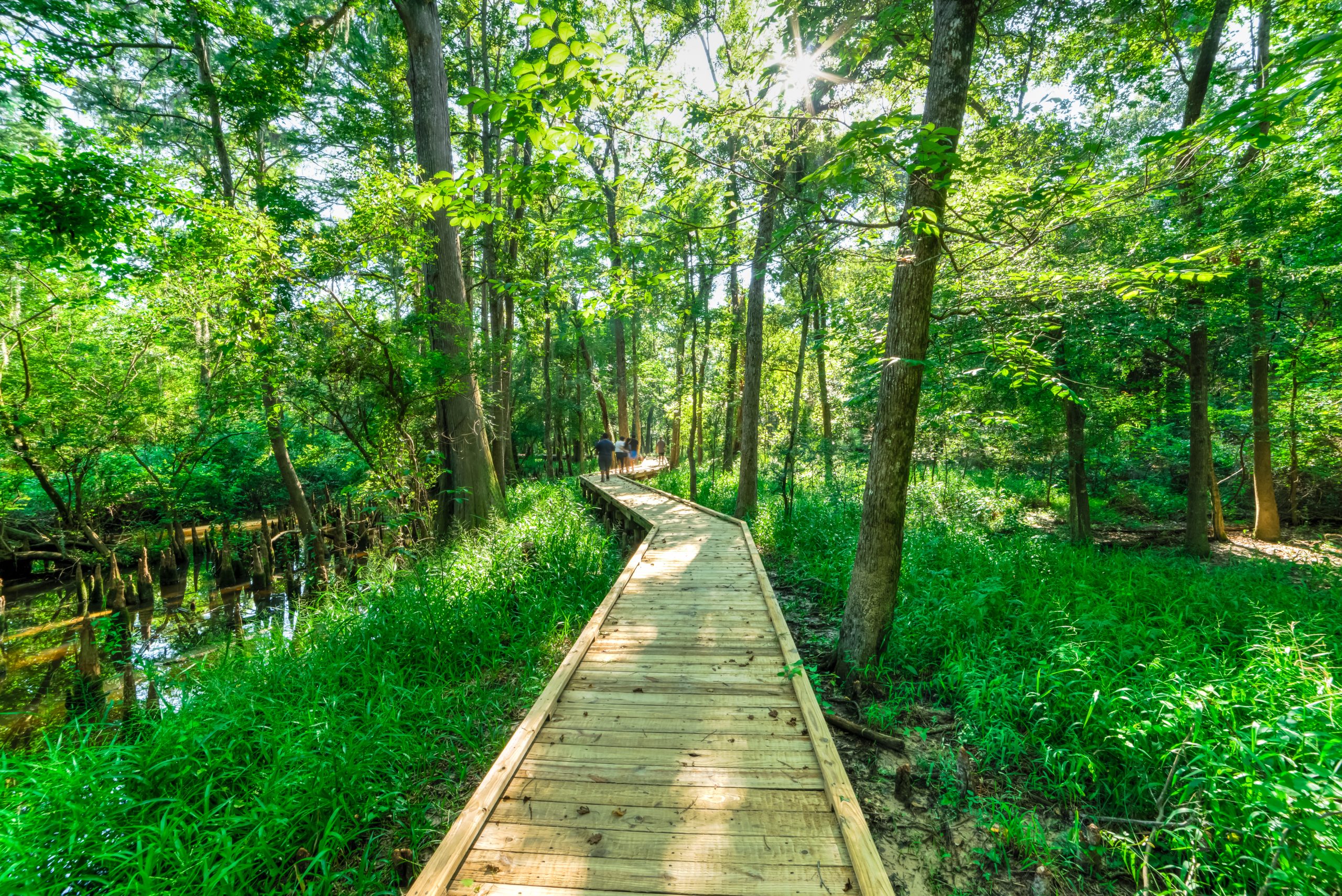Scenic walking trails near me offer a wealth of opportunities for exploration and recreation. Whether you’re a seasoned hiker seeking a challenging ascent or a family looking for a leisurely stroll, the right trail can provide exercise, stunning views, and a chance to connect with nature. This guide explores various trails, considering factors like difficulty, length, and accessibility to help you find the perfect fit for your next outdoor adventure.
From the peaceful tranquility of woodland paths to the exhilarating heights of mountain trails, the options are diverse and cater to a wide range of preferences and fitness levels. We’ll delve into specific trail descriptions, highlighting key features and providing practical information to ensure a safe and enjoyable experience for all.
Understanding User Intent for “Scenic Walking Trails Near Me”
The search phrase “scenic walking trails near me” reveals a user’s desire for outdoor recreation within their immediate vicinity. Understanding the nuances behind this simple query requires considering the diverse range of users and their motivations. This understanding is crucial for effectively designing and promoting walking trails and related services.
The motivations behind this search are multifaceted and often intertwined. Different user profiles will prioritize different aspects of the experience.
User Demographics and Motivations
Users searching for “scenic walking trails near me” represent a broad spectrum of individuals and groups. Locals might seek regular exercise opportunities or a way to explore their neighborhood’s hidden gems. Tourists, on the other hand, may be looking for engaging activities that showcase the local landscape and culture. Experienced hikers might be searching for challenging trails that offer a good workout and stunning views, while families might prioritize shorter, easier trails with amenities suitable for children.
The motivations driving these searches vary significantly. Some users prioritize physical fitness and use trails for regular exercise. Others are driven by a desire for sightseeing and exploration, seeking unique views and natural beauty. For some, the primary motivation is relaxation and stress reduction, seeking a peaceful escape from daily life. Social interaction is also a key driver for many, with trails providing opportunities for group walks with friends or family.
User Expectations Regarding Trail Characteristics
User expectations regarding trail characteristics vary greatly depending on their profile and motivations. Experienced hikers will likely expect longer, more challenging trails with significant elevation gain and potentially rugged terrain. Families, conversely, will typically prioritize shorter, less strenuous trails with well-maintained paths and features like benches or picnic areas.
Scenery is a universally important factor. Users expect trails to offer visually appealing landscapes, be it forests, mountains, coastlines, or urban parks. Accessibility is another crucial element, particularly for users with mobility limitations or those traveling with young children or elderly companions. Well-maintained pathways, appropriate signage, and features such as ramps or accessible restrooms are key considerations. Trail length is another variable, with some users preferring shorter loops for a quick workout, while others desire longer trails for a more immersive experience.
Practical Information and Considerations for Hikers
Planning a hike requires careful consideration of several factors to ensure a safe and enjoyable experience. This section provides essential practical information, safety guidelines, and a comparison of two local trails to aid in your planning.
Trailhead Locations, Parking, and Recommended Gear: Access to local trails varies. For example, the Redwood Creek Trailhead boasts ample parking, often requiring arrival early on weekends, while the smaller Willow Creek Trailhead has limited parking, often filling by mid-morning. Recommended gear includes sturdy hiking boots, appropriate clothing for varying weather conditions (layers are key!), a backpack with water, snacks, a map and compass or GPS device, sunscreen, insect repellent, and a first-aid kit. Always inform someone of your hiking plans, including your intended route and estimated return time.
Trail Safety and Precautions
Several safety considerations are crucial for a safe hike. Weather conditions can change rapidly, especially in mountainous areas. Checking the forecast before you leave and being prepared for sudden changes in temperature or precipitation is vital. Wildlife encounters are possible; maintaining a safe distance from animals and never feeding them is paramount. Trail hazards such as uneven terrain, slippery rocks, and fallen branches necessitate careful footing and awareness of your surroundings. Carrying a whistle for signaling in emergencies is also advisable.
Trail Comparison: Redwood Creek and Willow Creek Trails
Redwood Creek Trail offers a longer, more challenging hike with significant elevation gain, rewarding hikers with breathtaking panoramic views from its summit. It’s less accessible to individuals with mobility limitations due to its steep inclines and uneven terrain. Conversely, the Willow Creek Trail is shorter and flatter, making it more accessible to a wider range of hikers, including families with young children. While the scenery is lovely, it lacks the dramatic vistas of Redwood Creek. Redwood Creek’s difficulty might deter some, but the reward is a more challenging and rewarding experience, while Willow Creek provides a more relaxed and accessible option for a shorter, less strenuous hike.
Final Review
Discovering scenic walking trails near you opens a door to a world of natural beauty and invigorating activity. By considering your fitness level, desired scenery, and accessibility needs, you can select a trail that perfectly matches your preferences. Remember to prioritize safety, check weather conditions, and equip yourself appropriately for a rewarding and memorable experience. Happy hiking!




